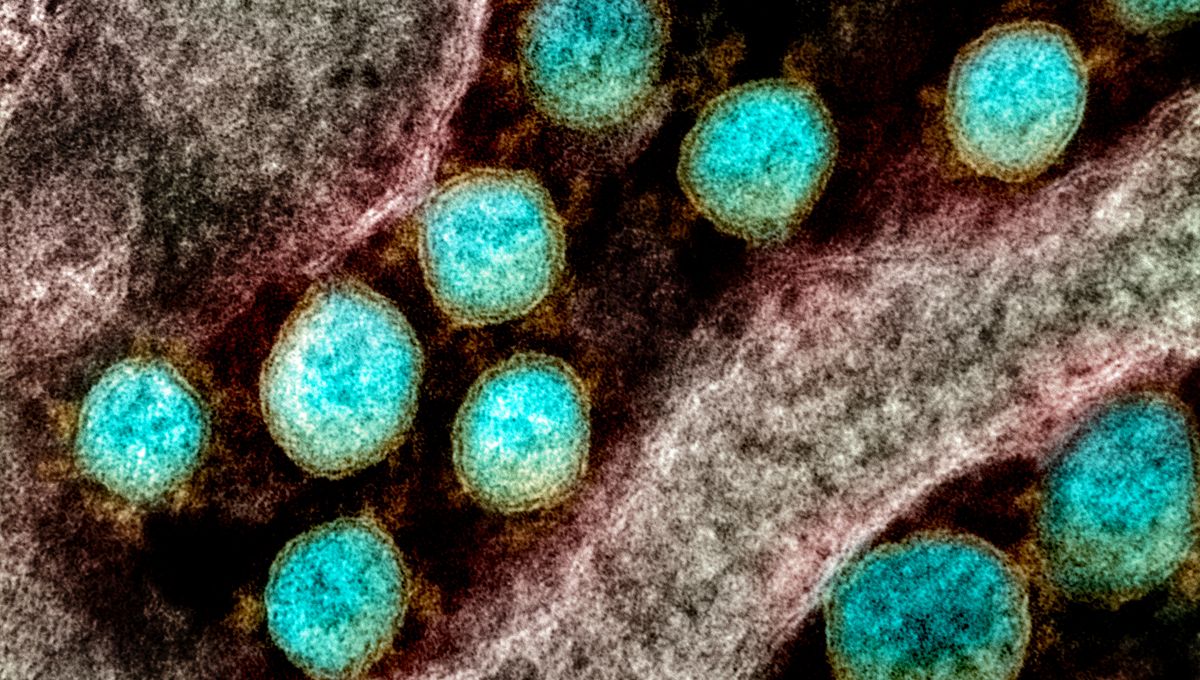
The lack of a standardized definition of long COVID is hindering research into the condition, according to a new study looking at published work from five different regions.
Long COVID is a condition in which someone experiences long-lasting symptoms after recovering from a COVID-19 infection. So far, so simple – but what causes it? The answer is still a resounding “we’re not entirely sure.”
Okay, so what are these symptoms that people are dealing with? Well, over 200 have been identified, and that may not be an exhaustive list.
Alright, so what’s the prognosis for long COVID patients? You’re probably sensing a theme here, but: we don’t know. Some people are getting better, some aren’t, and it’s still really hard for us to figure out who’s going to fall into which camp.
All that to say, we still know comparatively little about this complex condition. There hasn’t necessarily been a lack of research, but the new study identifies one problem that could be at the root of some of this confusion: we don’t have a standard definition for long COVID, and that’s causing chaos in the data.
“Up to one third of the variation in the published studies may stem from the fact that they use different definitions for long COVID,” explained study lead Lauren Wisk, of the David Geffen School of Medicine at UCLA, in a statement.
To assess the scale of the problem, the team took definitions of long COVID that had been applied in published research carried out in five different locations: the US, UK, Netherlands, Sweden, and Puerto Rico. They used each definition to estimate the prevalence of long COVID in the same group of 4,575 patients from a large US COVID study, the INSPIRE cohort.
The definitions differed on things like which symptoms were considered indicative of long COVID, and how long symptoms had to persist before someone met the criteria for a diagnosis.
Depending on which definition was applied, the prevalence ranged from 15 to 42 percent. If the true figure does sit towards the upper end of these estimates, we could be looking at a lot of long COVID patients – according to World Health Organization data, the total number of reported COVID cases in the world to date is edging towards the 800 million mark. In the US alone, cases have exceeded 100 million.
“If every study on long COVID uses a different definition for identifying who has it, the scientific conclusions become harder to compare across studies and may lead to delays in our understanding of it,” explained Wisk.
When someone has acute COVID-19, we can test them to confirm that the virus is present in their bodies. With long COVID, we don’t have an objective test like that – diagnosis relies on doctors listening to patients describe their symptoms, and on ruling out potential other causes.
This lack of a diagnostic test means some cases of long COVID may be missed, while other patients may be given the diagnosis incorrectly, explained senior author Dr Joann Elmore: “Without a shared definition, we risk mislabeling patients and misguiding care. This is more than an academic debate – it affects real people.”
Long COVID is far from alone in being a condition that’s tricky to define and that lacks an objective test. The authors suggest that from experience with other similarly hard-to-diagnose conditions, a smaller list of symptoms is often more helpful for clinicians.
However, the most recent definition of long COVID in the US, proposed by the National Academies of Sciences, Engineering, and Medicine in 2024, encompassed 200 possible symptoms, and said that no one symptom should either rule in or rule out a diagnosis.
“A more parsimonious list of symptoms for defining long COVID epidemiologically, or requiring that a minimum of two symptoms be reported, may add needed specificity, which is important for informing which patients to include in intervention trials and in studies of pathogenesis,” the study authors suggest.
The study is published in JAMA Network Open.
Source Link: We Still Don’t Fully Know What Long COVID Actually Is – And That’s A Problem